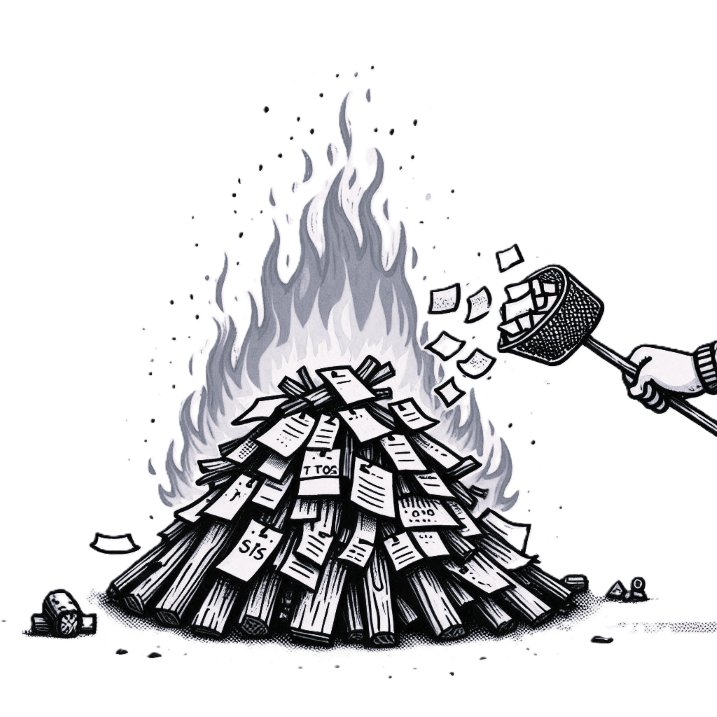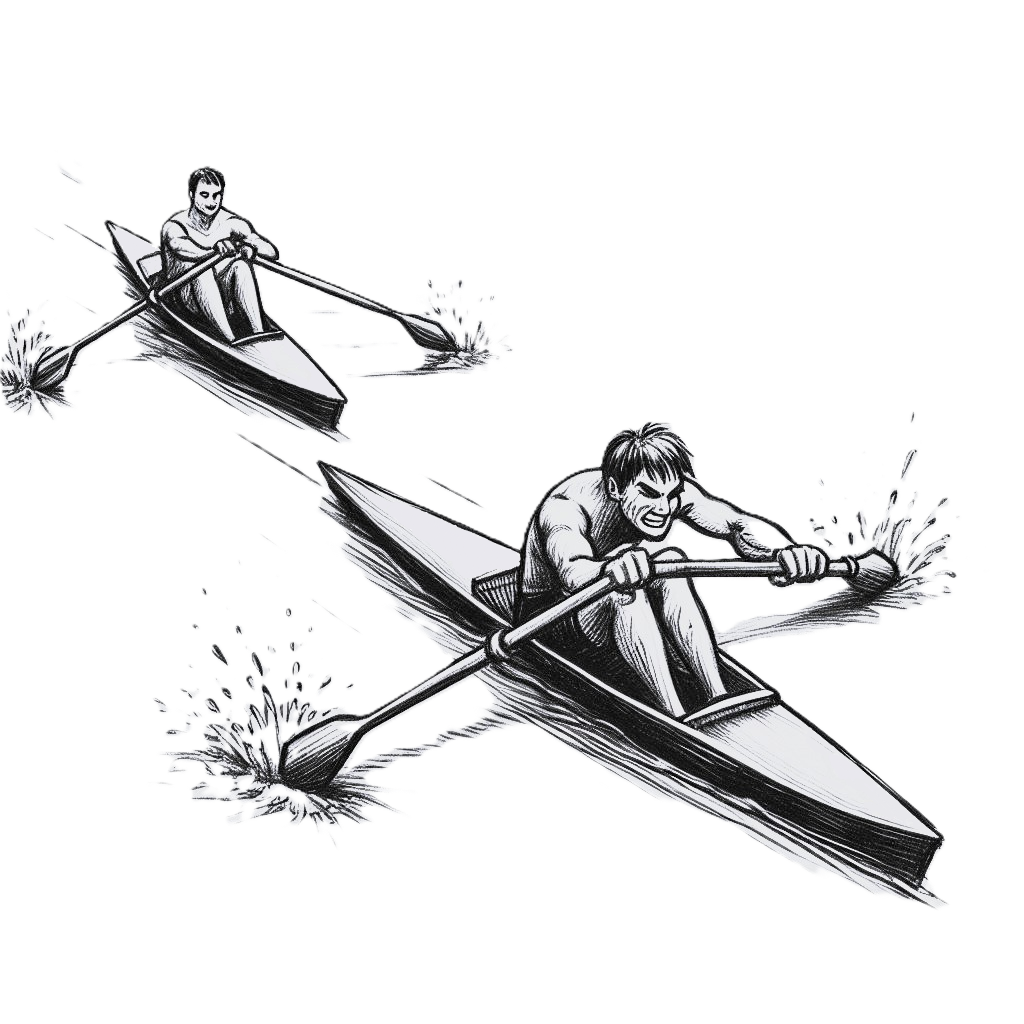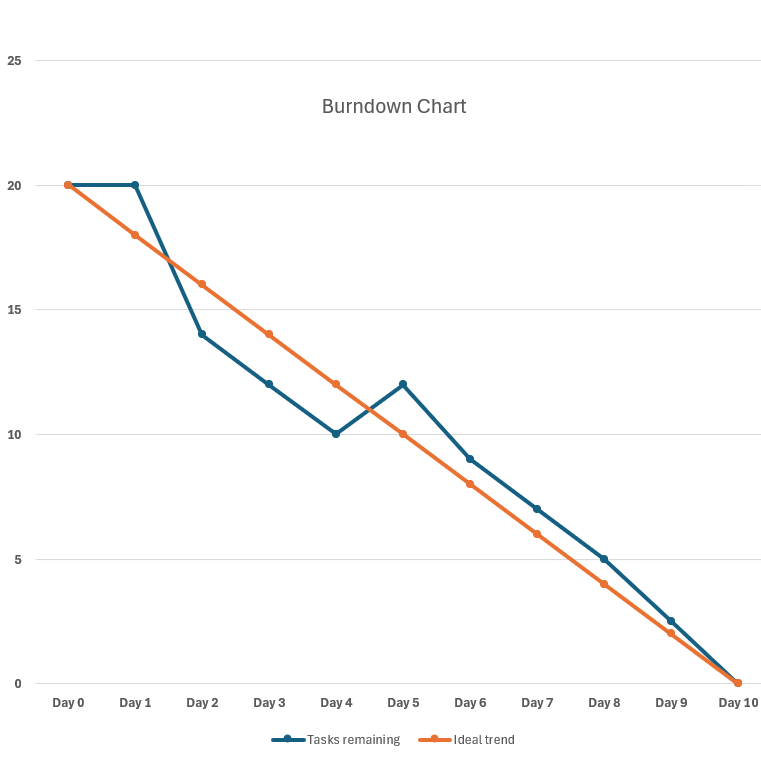The Burndown concept for event marketing
‘Burndown’ is well known in the software-developer circles and in contrast, you will never hear this word in the live-events world. I was introduced to the concept by a lovely man that I dated in my 20s and it has become a cornerstone of my planning approach for any live event. It came in particularly helpful when I worked as Box Office and Marketing Manager for a Classical music promoter. Here I share with you my translation of the approach for event marketing, and hope that it can either help or inspire you to develop your own techniques.

What is Burndown?
If you plug this word into Google, you will find yourself faced with charts and promises of reporting functionality in Jira, Asana or some other such platform. You might notice jargon such as scrum, sprint and stand-up. If you are not a computer scientist of any description, you likely feel like you have just stepped through the looking-glass. But it is far, far simpler than it seems on the surface.
Burndown takes a fixed number of tasks and a deadline and creates an expected completion rate per day and week until the deadline. This is a benchmark from which any deviation would flag a potential issue. The actual progress is tracked against this, like having a pace boat. For example, if there are 25 tasks and the deadline is in 2 weeks, the completion benchmark rate is 2.5 tasks per weekday assuming weekends are not worked.

In the computer science world, the point of this reporting system is to highlight issues such as lack of productivity, increased scope or bottlenecking in the process. You can quickly see if the productivity is not going in the right direction and take steps to address it before it is too late.
Translating Burndown into a live events setting
The important similarities between a software engineering project and a live event are that you start with a huge task list, your scope, and a deadline. Arguably, the deadline for live events is far more rigid than for a piece of software but the approach still works very well.
The differences are possibly whether tasks can be completed in parallel. There are only a few co-dependants in live event planning and possibly fewer in live event marketing. Where it gets fun is deciding when you will do the individual tasks. A level of detail that is not really discussed in the use of Burndown in a software developer setting because it is really used for monitoring the work, not planning the work.

How I use it for live event marketing
I am going to tell you about how I used Burndown for a Classical promoter that I worked for. We had 23 live events to market for a year’s programme. When I started, I quickly realised that there would likely be points where I was needing to market concerts at the same time. I needed a clear plan of action to know where I was with any one concert and how to manage my days.
The concert dates were already secured in the diary over a year in advance. That is the first and most important parameter in events work. Your deadline.
You then work backwards from this deadline plotting in your activity. The day before, the week before, two weeks before, one month and so on. Each different marketing activity works better with different timelines and frequencies. If you don’t already know these, you get to know them, and of course, they change with developments in behaviours and technology. In time I had a wonderful 3-month marketing plan that worked well. I had got to know not only what worked overall but also what worked with our audience in that location.
To monitor the effectiveness of the marketing activity, I would simply use ticket sales numbers at key points. Any live events marketer/promoter will know what sales trend to expect for their audiences. When you are not seeing the expected results, you simply tweak the activity and strategy, as per usual.
Just as with the computer scientists using the Burndown chart as a reporting system to track progress, I was using the ticket sales to track effectiveness of the marketing strategy. The Burndown planning had become the timeline off which to hang the marketing strategy. Often, a tweak would mean assessing the market and adding activity to suit the market behaviour. Let’s be clear, I cannot remember there being such a problem as too much marketing activity and too many sales (in other words over spend). Adding activity to one concert would either mean a dip into the contingency budget or taking away budget from another concert further into the programme.
Here’s some notes on the channels that I was using at the time:
Print
We had posters per concert that were distributed county wide – timed strategically.We had a brochure that was split into autumn/winter and spring/summer distributed county wide and mailed out to our subscribers.
Adverts
We placed adverts in local newspapers and online. Free adverts would be placed further in advance and paid adverts would usually be posted roughly 3 weeks out from the event.Email list
Targeted e-shots out to subscribers with reminders of up-and-coming concerts. Being targeted was very important as most engaged customers would book half a season or a whole season at a time. We didn’t want to hassle them.We would sometimes offer discounts through this channel as well.
Press
I developed a relationship with the local entertainment editors and writers and worked to get advanced coverage of our concerts. This worked well as a brand identity strategy or particularly well as an additional sales boost when we had very popular artists.Social media
Social media activity was a low priority for the brand however we did use Twitter, which at the time was much more authentic to its users. Social media is its own speciality within marketing however it is generally understood that the frequency and type of content differs dramatically from the other channels. For us, the rule of a gentle drip-feed and a heightening of frequency and activity leading up to the concert date was important. We would be posting daily, a week or two out.
What to do when you work-it-backwards and realise you are late to start?
It is entirely possible that you have looked at the to-do list, looked at the deadline and worked it backwards past today (you are late). It is ok, don’t panic. There are things that you can do. I have a couple of different tips depending on what you are looking at.
Event marketing
Simply put, you need to condense the plan. Take the same principles and speed it up. For example, you can send out your targeted emails and post on socials to the same group on the same day, it is ok. My best tip for the condensed approach is to try to avoid spamming. Split your audiences into targeted groups and you can run the activity to the different groups at the same time, thereby creating the sense of spacing for each group.
Event planning/production
For this arena it is slightly different. You need to get smart about delegation quickly. Send people off to take on tasks simultaneously and ask them to report back to you. You are working in parallel to achieve the same goal.
When co-dependants stop you in your tracks try to look for stand-alone tasks to action while you wait. You will free up time further down the timeline thereby balancing things out.

A note on Gantt
Firstly, I want to highlight that I have taken the principle of a Burndown and used it to design my own planning methodology. I am not actually using a Burndown chart here. For me, this is very simple and fast way to plot out your project.
Secondly, you may wonder why I wouldn’t just use Gantt. I recognise that many people use Gantt or the principle of Gantt. Now it seems there are project management systems offering this functionality which is great. And if you are a user of these then by all means go for it. When I started out, the only way to plot a Gantt was to pay for the astronomically expensive software. Excel, although my favourite invention, just does not cut it.
Regardless of whether I have these platforms to play with I would likely still use the thought process of Burndown type planning. You can do this on a napkin on a train journey if you really need to. That’s the beauty of it.
And finally
I hope that this article has given some inspiration if not to try a Burndown approach, to get curious and look to other industries for ingenious methods that you can adapt to meet your own needs.